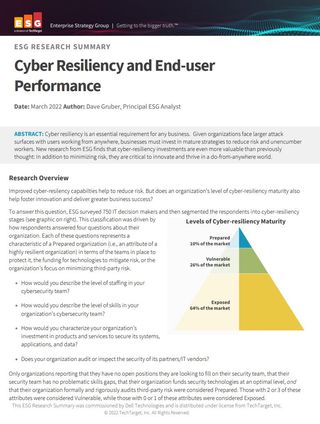Microsoft Defender causes 'mass confusion' after legitimate apps trigger ransomware alerts
The broken update pushed to users on Sunday morning saw the likes of Teams, Slack, Chrome, and Edge all being confused with the dangerous Hive ransomware payloads

Microsoft has fixed a wide-reaching Defender bug that mistakenly flagged popular software as malicious Hive ransomware payloads.
Windows users and system administrators were reporting common problems over the weekend following an update to Defender that was causing the anti-malware solution to flag Electron-based and Chromium-based software to generate a false positive detection.
Business software such as Slack, Chrome, and Edge were affected, as were consumer-facing apps like Discord and Spotify, users reported. The Defender alert was triggered every time an affected application was opened.
The alert pushed to users states that Defender blocked a threat and the affected application has been removed, though it was soon realised the deletion stage failed and the legitimate app that triggered the alert wasn’t removed.
The Microsoft security intelligence update for Defender that catalysed the myriad false positives was pushed to users on Sunday morning.
It was one of four released throughout the day and was ultimately fixed with version 1.373.1537.0, according to user reports across various online communities, which was released around 12 hours later.
Windows users are advised to upgrade to this version or newer. There have since been three additional versions added to the changelog today, with the most recent being 1.373.1567.0 at the time of writing.
Get the ITPro. daily newsletter
Receive our latest news, industry updates, featured resources and more. Sign up today to receive our FREE report on AI cyber crime & security - newly updated for 2024.

Cyber resiliency and end-user performance
Reduce risk and deliver greater business success with cyber-resilience capabilities
“We have released an update to address this issue and customers using automatic updates for Microsoft Defender do not need to take additional action,” Microsoft told Bleeping Computer.
The IT community has been largely left to investigate the issue itself as Microsoft’s public-facing channels have not addressed the incident.
This could be due to the country’s workforce being away from the office as it celebrates Labor Day today.
Updates triggering false positives in Defender are fairly rare, although there are recent examples of how it can create panic among IT admins.
Back in March 2022, Microsoft Defender caused confusion en masse as it dropped false positive ransomware alerts to users in large volumes.
Blamed on a “code issue” at the time, Microsoft fixed the issue expeditiously that saw legitimate Office files being mistakenly flagged as ransomware while other behaviours such as backup processes deleting shadow copies also triggered the false alerts.

Connor Jones has been at the forefront of global cyber security news coverage for the past few years, breaking developments on major stories such as LockBit’s ransomware attack on Royal Mail International, and many others. He has also made sporadic appearances on the ITPro Podcast discussing topics from home desk setups all the way to hacking systems using prosthetic limbs. He has a master’s degree in Magazine Journalism from the University of Sheffield, and has previously written for the likes of Red Bull Esports and UNILAD tech during his career that started in 2015.




